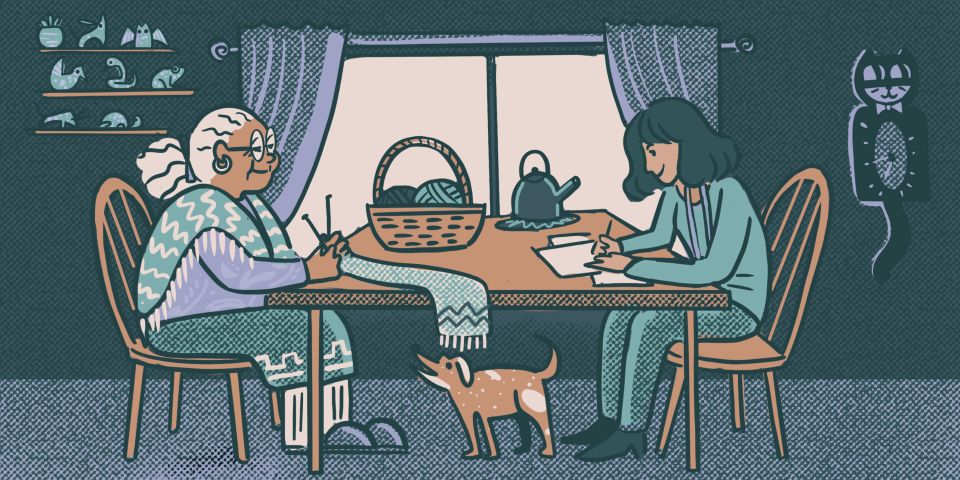By Heather Rose Artushin, LISW-CP
In the past, people believed they would receive better around-the-clock care in the hospital, and families knew to call 911 at signs of decline, often leading to a revolving door of hospitalization and rehospitalization. But public perception has shifted, and today, many believe a “good death” involves being in the comfort of home, surrounded by loved ones in a familiar setting.
“There is a growing recognition that a hospital death may be over-medicalized, impersonal, noisy, and isolating,” said Myra Glajchen, DSW, MSW, ACSW, APHSW-C, director of education and training at the MJHS Institute, and assistant professor in the Department of Family and Social Medicine at Albert Einstein College of Medicine. “Family caregivers would be haunted by images of their loved ones dying with oxygen, tubes and machines, which often led to complicated bereavement. For all these reasons, and with solid high-quality research, people now recognize they have options in care, and many are choosing to die at home.”
While this return to home death in the Western world is recent, the concept of dying at home is anything but new. In cultures around the world, home death has long been the norm, honoring death as a natural part of the human lifespan.
“One thing that strikes me is that there was a time when birth and death happened at home, and it wasn’t even a discussion,” said Nancy Flowers, LCSW, lead social worker at the Kellogg Cancer Center, and section leader for the social work community of the National Hospice and Palliative Care Organization (NHPCO) and the National Alliance for Care at Home (NACH/the Alliance), which are combining operations. “There’s a place in both of my grandparents’ houses where family funerals were held. It was such a part of life. It was when we started funding institutional care that more deaths occurred in the hospitals and nursing homes. Death became a scary thing because you didn’t see it.”
As home death becomes more common, social workers may observe attitudes around death mirroring this shift in response to greater exposure and normalization of the dying process, reducing death anxiety and increasing acceptance.
Read the full article in the NASW Social Work Advocates magazine




